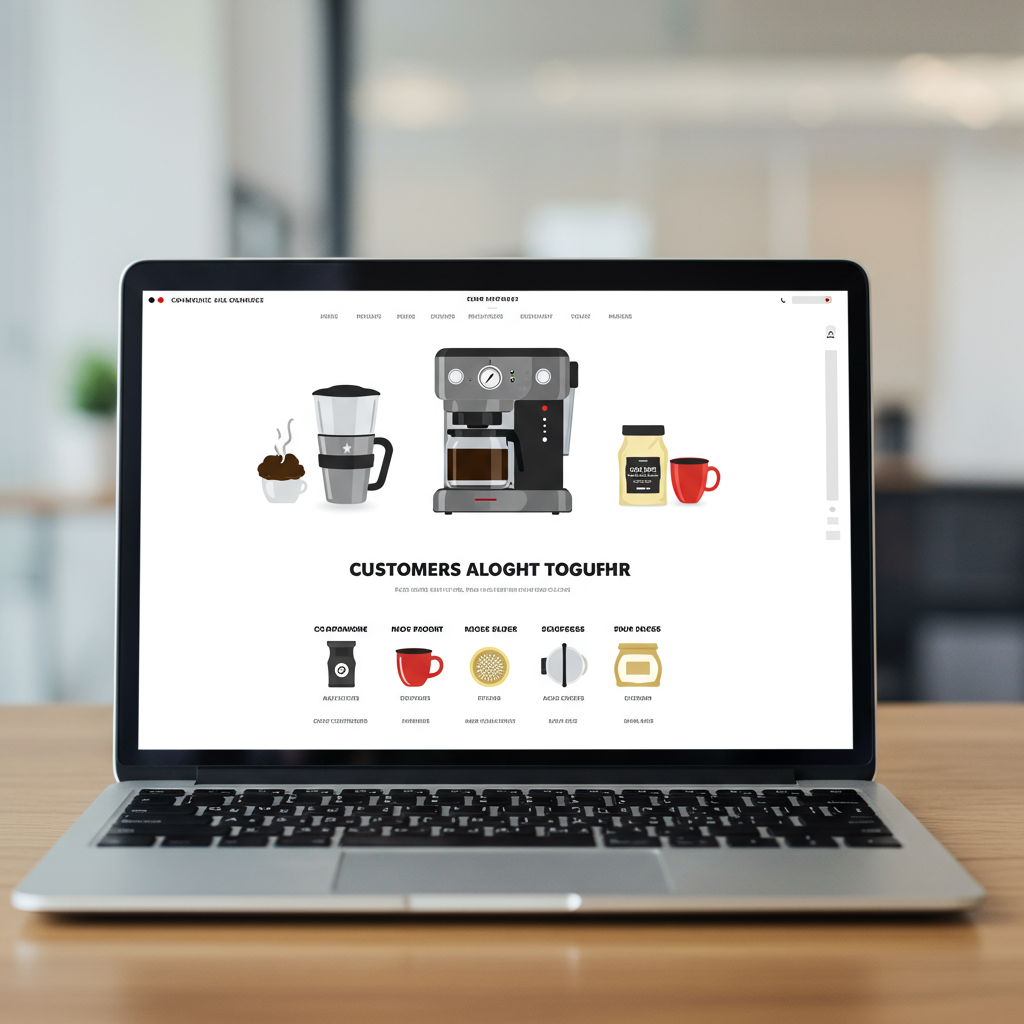Unlock the full potential of your customer base by strategically recommending complementary products and increasing your average order value.
Hello fellow Shopify merchants! I’m here today to share some insights that have genuinely transformed how I approach my own e-commerce business. We all strive for growth, right?
One of the most powerful, yet often underutilized, strategies in our arsenal is cross-selling. It’s not just about getting new customers; it’s about maximizing the value of the customers you already have.
Think about it: you’ve already done the hard work of attracting a customer to your store. They’re interested, they’re browsing, maybe they even have an item in their cart.
Cross-selling is simply the art of recommending complementary products to a customer based on what they’re already interested in or have purchased.
It’s like when you buy a new phone, and the salesperson suggests a case, screen protector, or wireless earbuds. Those items enhance the main purchase.
For us on Shopify, this translates into suggesting a matching scarf with a dress, batteries for a toy, or a cleaning kit for a camera. The possibilities are endless.
Why is this so crucial for your Shopify store? Firstly, it directly impacts your Average Order Value (AOV). A higher AOV means more revenue per customer.
Secondly, it significantly improves customer lifetime value (CLTV). When customers find more value and utility from your store, they’re more likely to return.
Thirdly, it enhances the customer experience. Thoughtful recommendations can genuinely help customers discover products they didn’t even know they needed, making their purchase more complete.
From my experience, effective cross-selling isn’t about being pushy. It’s about being helpful and understanding your customer’s needs.
So, how do we implement this effectively on Shopify? Let’s dive into some actionable strategies I’ve found to be incredibly successful.
**Product Page Recommendations:** This is perhaps the most common and effective spot. Think “Customers also bought” or “Frequently bought together” sections.
Shopify’s native features or apps can power these. The key is relevance. If someone is looking at a coffee maker, suggest coffee beans, filters, or a mug.
**Cart Page Offers:** Just before checkout, when a customer is reviewing their cart, is a prime opportunity. A small, relevant add-on can be very tempting.
This could be a low-cost item that complements their purchase, or a small discount if they add another specific item.
**Post-Purchase Emails:** The transaction isn’t over when the order is placed. Follow up with emails that suggest complementary products based on their recent purchase.
For example, if they bought a skincare product, suggest other items from the same line or a related product for a complete routine.
**Product Bundling:** This is a fantastic way to increase AOV. Create curated bundles of products that naturally go together and offer them at a slight discount compared to buying individually.
Think “starter kits” or “complete sets.” This makes the decision easier for the customer and encourages a larger purchase.
**Personalization:** Leverage customer data. If you know a customer’s past purchases or browsing history, tailor your recommendations even further.
Shopify apps can help with this, using AI to analyze behavior and suggest highly relevant items. The more personalized, the better the conversion.
**Pop-ups and Exit-Intent Offers:** While sometimes controversial, a well-timed pop-up with a relevant cross-sell offer can be effective, especially as an exit-intent strategy.
Offer a small, irresistible add-on if they’re about to leave your site without completing a purchase.
**Thank You Page Offers:** After a customer completes their purchase, the thank you page is another often-overlooked spot. Offer a small, exclusive discount on a complementary item for their next purchase.
This encourages immediate re-engagement and builds goodwill.
**Blog Content Integration:** If you have a blog, weave product recommendations naturally into your articles. If you’re writing about “How to care for your houseplants,” link to plant food, pots, or watering cans.
Now, what do you think about these strategies? Have you tried any of them, or do you have other ideas that have worked for your Shopify store? I’d love to hear your thoughts!
When implementing these, remember a few best practices. Don’t overwhelm your customers with too many options. Keep it focused and relevant.
Always test and optimize. A/B test different recommendations, placements, and offers to see what resonates best with your audience.
Analyze your data. Shopify analytics, combined with app-specific data, will tell you what’s working and what isn’t. Adjust your strategy accordingly.
Focus on providing genuine value. Cross-selling should feel like a helpful suggestion, not a forced upsell.
Avoid common mistakes like recommending irrelevant products, being too aggressive, or making the checkout process cumbersome with too many pop-ups.
Measuring success involves looking at your AOV, conversion rates for cross-sell offers, and ultimately, your overall revenue growth.
In conclusion, cross-selling is a powerful, cost-effective way to boost your Shopify store’s revenue and enhance the customer experience.
By strategically recommending complementary products, you’re not just selling more; you’re building stronger relationships with your customers.
Start small, experiment, and watch your average order value climb. Your Shopify store, and your customers, will thank you for it!






